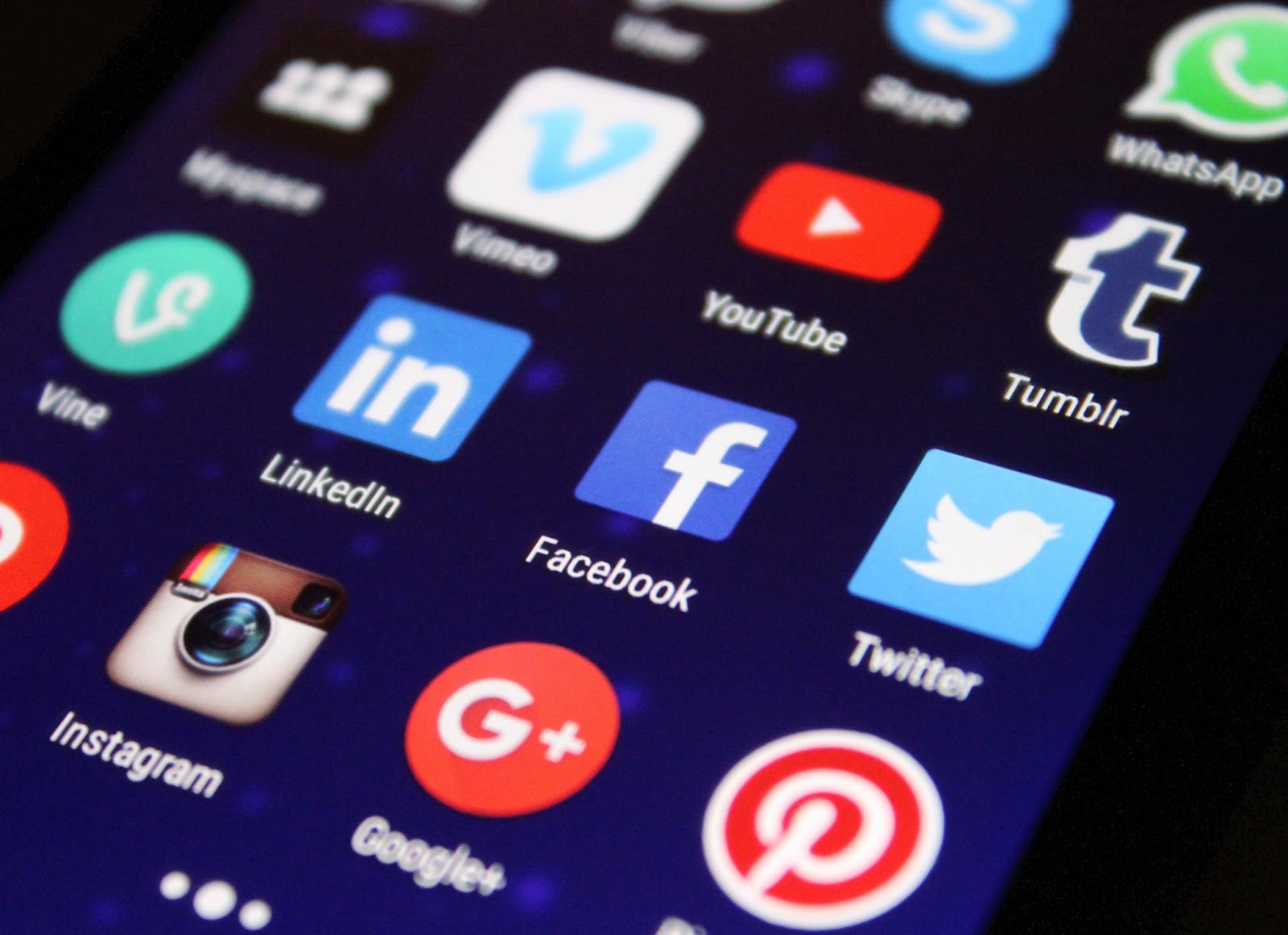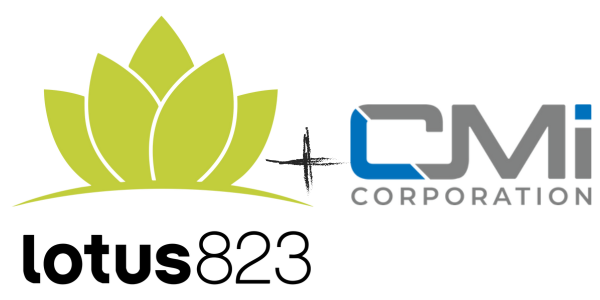Last month in our post, “How to V.E.T. Influencers: Voice, Engagement, & Tangible Results,” we discussed the importance of vetting influencers before initiating a collaboration. Today, we’ll dive deeper into the different types of influencers and how to quantify their value.
The realm of trusted marketing tactics has drastically shifted from traditional forms of advertising to a new sophisticated form of measurable word of mouth marketing: Influencer Marketing. Many consumers have grown immune to online and print ads, quickly dismissing them for what they are: paid content from brands seeking to portray their product or service in the best light. Consumers are more inclined to turn to people they know and trust for recommendations; this is a form of permission marketing where the consumer decides who they want to listen to and therefore places a higher value on the message being communicated.
The key differentiator between traditional ads and influencer marketing is the authenticity of an endorsement from a trusted influencer. When a consumer makes the conscious decision to follow an influencer on social media, they are voluntarily choosing to view their content. When a trusted influencer features a brand on their page, there is a higher likelihood that their followers will engage with that brand, as they value the opinion of that influencer.

So how do we identify trusted influencers and how can we measure the value of their content? As a brand seeking to pursue an influencer marketing campaign, there are some key concepts that are important to understand before taking that step. First, let’s dive into identifying the types of influencers.

- Macro Influencers are individuals who have developed an elevated status on specific social platforms by building a hyper-engaged audience. This group includes musicians, actors, professional athletes, business leaders, public figures, etc. They are unique based on their immense following and prominent personal brand, which yields a recognizable face and name to most consumers. Endorsements from macro influencers are comparable to a billboard ad or a TV commercial during the Super Bowl: they get a ton of views, but not every consumer is engaging with the content. If you have a brand that is well established and has a large influencer marketing budget, there is value in pursuing macro influencer endorsements, as the seal of approval from this influential group will likely translate into a sales increase. However, if you are a new brand, macro influencers may not be a strategic fit as it would be an expensive endeavor that may only raise awareness of your brand name. As a rule of thumb, the larger the size of admirers (followers) are, the lower the like rate and comment rate will be. For brands that are new to influencer marketing, it is vital to find that sweet spot of engaged followers through pursuing micro influencers.

- Micro Influencers have a strong influence on a relatively small, but highly engaged follower base. Characteristics of individuals that fall into this category include expertise in a specific field, non-celeb status, thought leaders, passion for a particular topic, an audience of typically less than 100,000 followers, high engagement rates (# of comments, likes, and shares), and the capability to motivate others to take action. These influencers often come in the form of bloggers, YouTube reviewers, and Instagram or Twitter users. The crucial advantage of working with micro influencers is that they typically have a dedicated following of loyal consumers who monitor and engage with their content regularly. Additionally, these influencers are more approachable and typically have lower costs. For brands seeking to build long-lasting relationships with the influencers they work with, this is the group to meet that need.
How do we measure the value of these influencers?

Quantifying influence may seem impossible, but it can be quite simple. When placing a numerical value on an influencer, add together their audience reach (# of followers) with their average engagement rates. Next, identify the strength of the relationship they have with their followers along with their brand affinity, expertise, and credibility to determine their overall influence. Each brand can establish unique KPI measurements based on their individual goals and considerations, but the value of each influencer can be determined and measured rather easily.

Bottom Line: The most credible form of advertising often comes straight from the people we know and trust. Taking advantage of influencer marketing not only builds credibility for your brand, but it’s also one of the fastest-growing customer acquisition methods today. Don’t forget to do your research when determining the type of influencer that is right for your brand, and be sure to select influencers that produce content that will resonate strongly with an untapped market of potential new customers. Check in next month to see more on Influencer Marketing from lotus823!








